Beyoncé’s BeyHive, Nicki Minaj’s Barbs, Rihanna’s Navy–arguably the most influential fan communities in the music industry.
All of these fan communities have one thing in common–they follow Black women. Empowering cultural messages and national economic impact have revered women of color as the creators of a unique community-based business model that is nearly unrivaled in the entertainment industry.
Beyoncé’s Renaissance World Tour is estimated to have made $4.5 billion for the United States economy, falling just under the estimated $5 billion contribution of Taylor Swift’s Eras Tour. While both tours focused on their respective empowerment–Swift through the reclamation of her “eras” and Beyoncé through an homage to the Black LGBTQ community–the Renaissance Tour’s emphasis on community particularly stood out in 2023.
Renaissance Tour concert-goers reported a sense of freedom overtaking the stadium venues and creating an environment where “everybody is welcome.” Coinciding with the album’s influences of house and ballroom culture, Beyoncé’s impact on local economies during her tour centralized Black, female, and LGBTQ-owned businesses. Host cities saw a 14% increase of consumer interest in local Black-owned beauty businesses, a 21% increase of consumer interest in female-owned businesses, and a staggering 198% increase of consumer interest in local LGBTQ-owned businesses.
“A lot of Black artists create empowering songs–songs that invoke realization or exposure. They end up building niche fan bases because there is a strong connection between the artist and the fans,” said junior Ella Gambong, who has been a fan of Beyoncé’s work since her time in Destiny’s Child. It seems these strong artist-fan connections create unique consumer habits among artists’ fans.
Luminate revealed in early 2023 that fans of Black female artists in general had a reputably unique economic influence, as they were reportedly 23% more likely than those of other artists to buy products released or endorsed by those artists.
All music is meant to inspire community; the nature of most artist-fan relationships is the value of relatability. What is unique about the community inspired by artists of color, particularly female artists of color, is the continued prevalence, influence, and inspiration of community regardless of generic radio play and popularity in the mainstream.
Junior Odelia Ayika feels Black artists build a notable network of support by uplifting their unseen communities. “To see someone who looks like you on such a big platform seems like such a simple thing, but it can be extremely inspiring and in a sense humanizing,” Ayika reflected.
This is the reason behind Mexican-American singer Becky G’s steep career incline after switching to the Latin market. Since the shift, Becky G has been continuously open about embracing her culture and her community, consequently making her one of the most successful Latina artists of her generation.
Ayika compared Becky G’s cultural revival to the recent resurgence of the Black girl group. “When artists of color are vulnerable enough to show their culture on large platforms, that is extremely validating to marginalized groups. And the cultural resurgence of Black girl groups like FLO specifically is extremely important for young fans,” she stated.
For artists still playing in generalized music scenes, contemporary discussions on music tend to validate their achievements through a lens of Western attention. The success of artists like Beyoncé is often quantized by awards they’ve received from historically exclusive and inherently Eurocentric institutions that for a long time categorized Black artists under vaguely discriminatory umbrella terms like “urban.”
This behavior is the result of a historic pattern of diminishing the impacts of Black artists, who have always been trailblazers of the music industry. From jazz and rock to country and pop, many genres rose from Black communities yet were not considered “successful” until they leaked into the general white market.
But following in the example of Becky G’s cultural success and FLO’s recent virality, it is clear that there is much more to the success of women of color than their prevalence in traditional Western markets.
For Ayika, the exclusion of black artists and their influence on the industry is no match for the artistic reverence and support of the Black community itself. “The fact that these Black artists are the backbone of pop and are never truly given what they’re owed definitely builds a fan base that is extremely passionate and loyal,” she expressed.
This aspect of representation is one of the key assets of Black art that has made it so beloved and consequently successful, and 2023 uniquely showcased this phenomenon at the box office.
With Black audiences making up 35% of audiences–the largest demographic across all moviegoers–for Disney’s “The Little Mermaid,” Halle Bailey undoubtedly led the movie to box office success, eventually surpassing the success of the original film. The film’s predominantly Black audience may also be responsible for the film’s incredibly high audience score despite low critic reviews. Critics also generally cater to white male audiences.
Similarly, the Christmas release of “The Color Purple,” surpassed all expectations, becoming the second most successful Christmas-day debut in Hollywood history.
“For [artists like Beyoncé] to acknowledge and appreciate their community, it’s just a big thank you to where they’ve gotten,” concluded Gambong about the inherently appreciative community garnered from vulnerable art made for and by women of color. “And when you embrace the [community] that creates and inspires your art, it helps you grow.”
As continuously rewarding as this entertainment model crafted by women of color may be, for artists it is much more than numbers, reverence, streams or ticket sales. It is about building a truly authentic reputation that embraces every part of who they are and where they come from. It is more than entertainment economics–it is genuine community building.



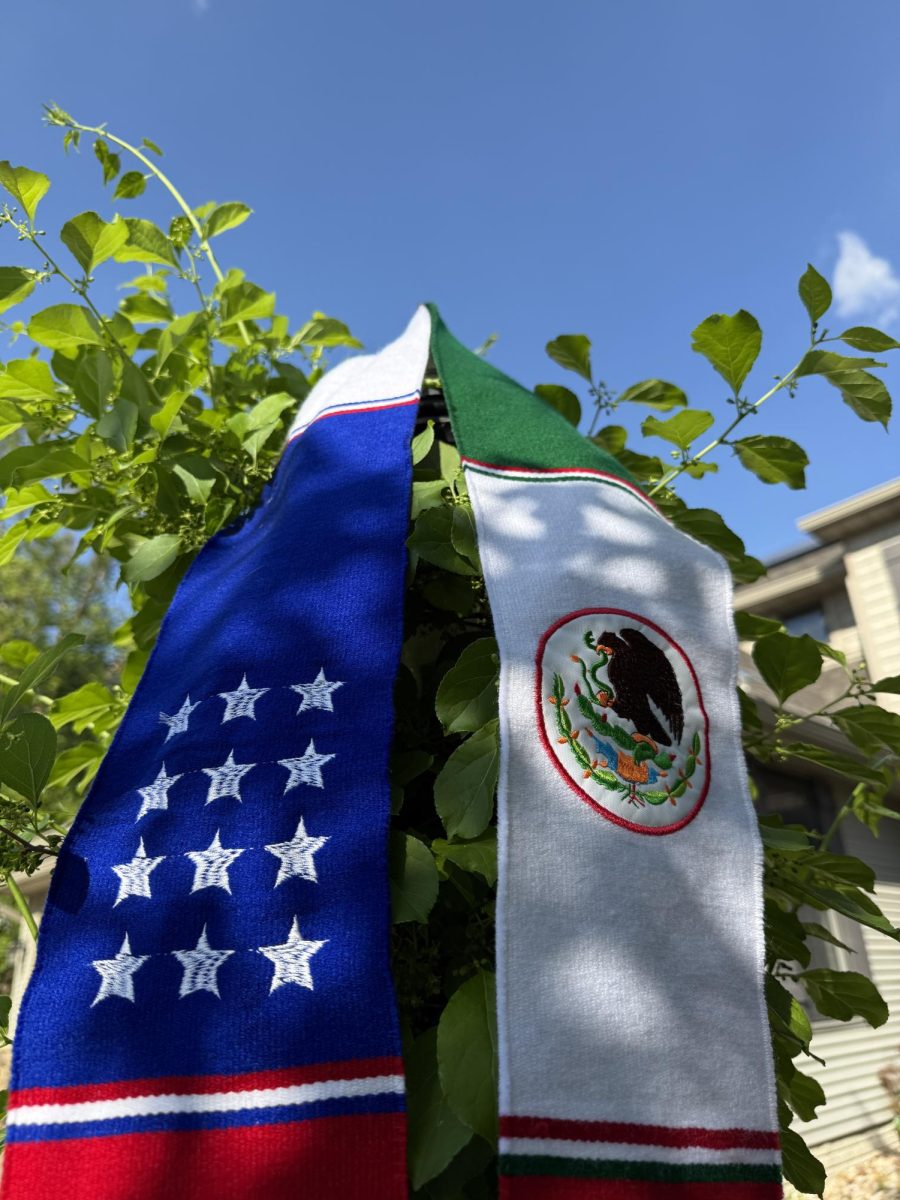





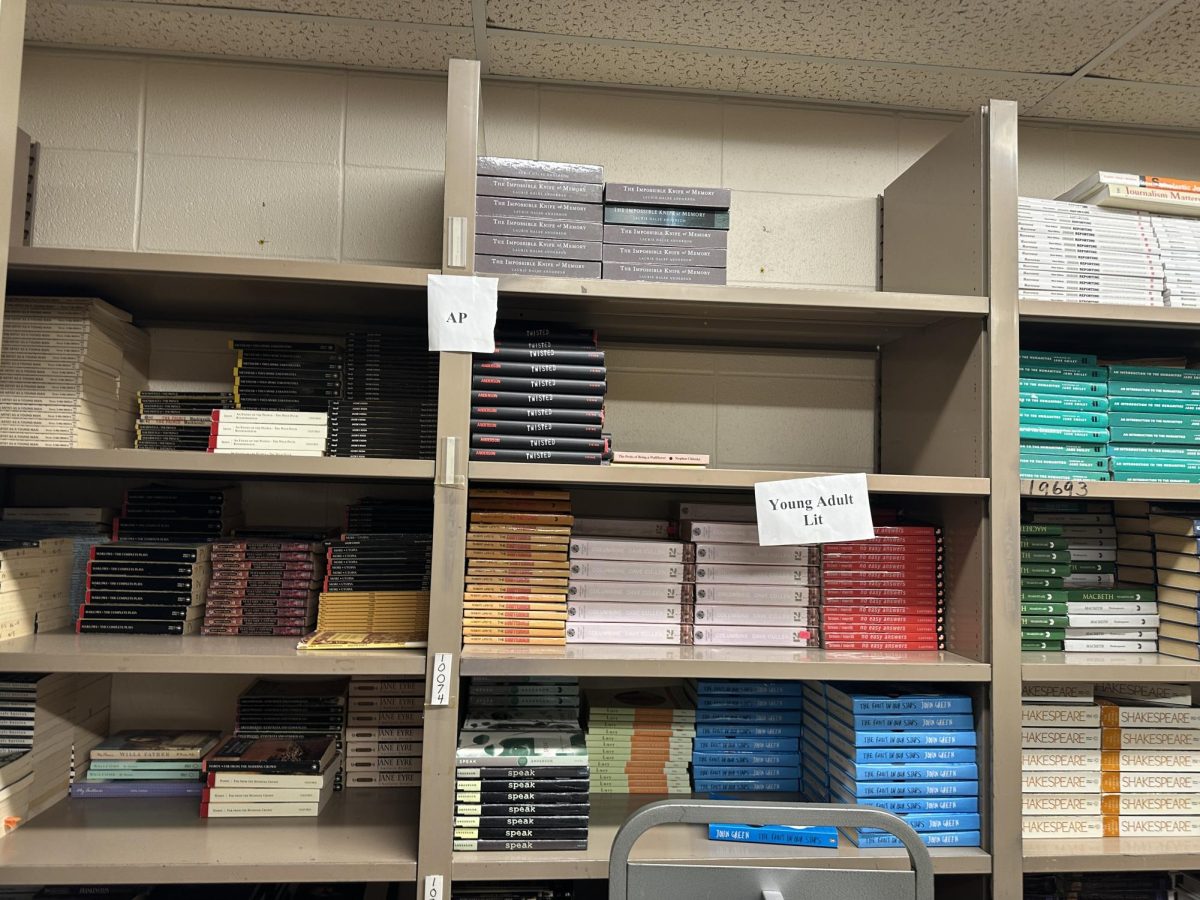
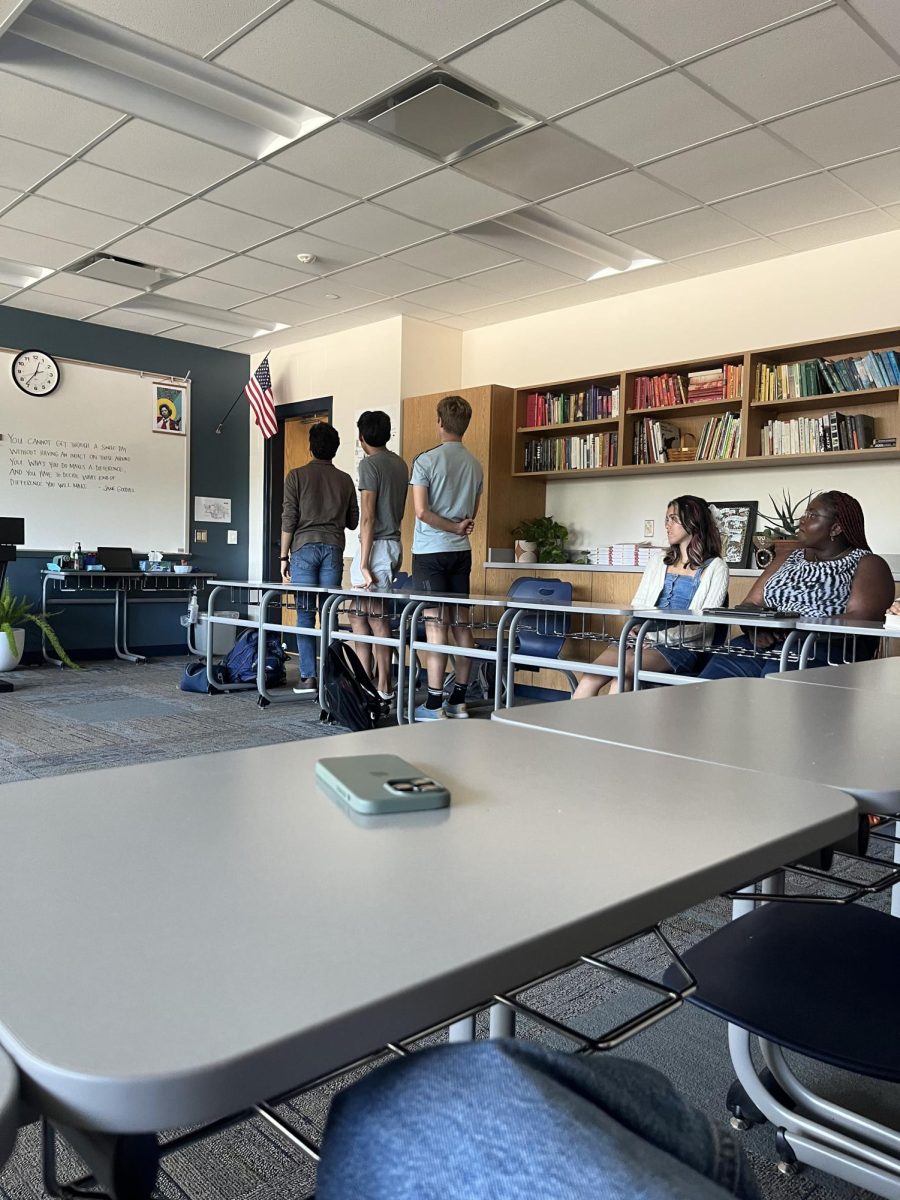

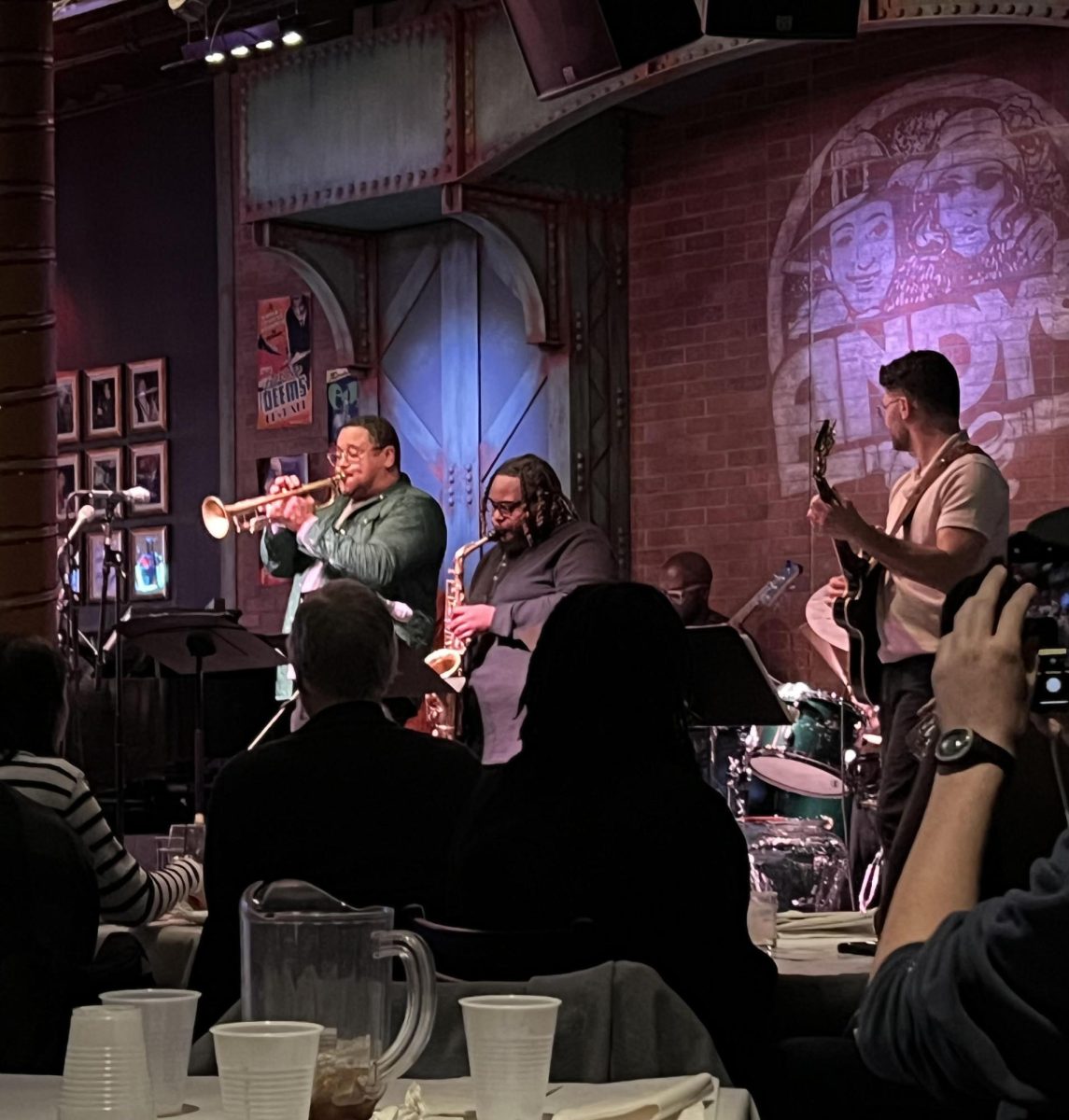
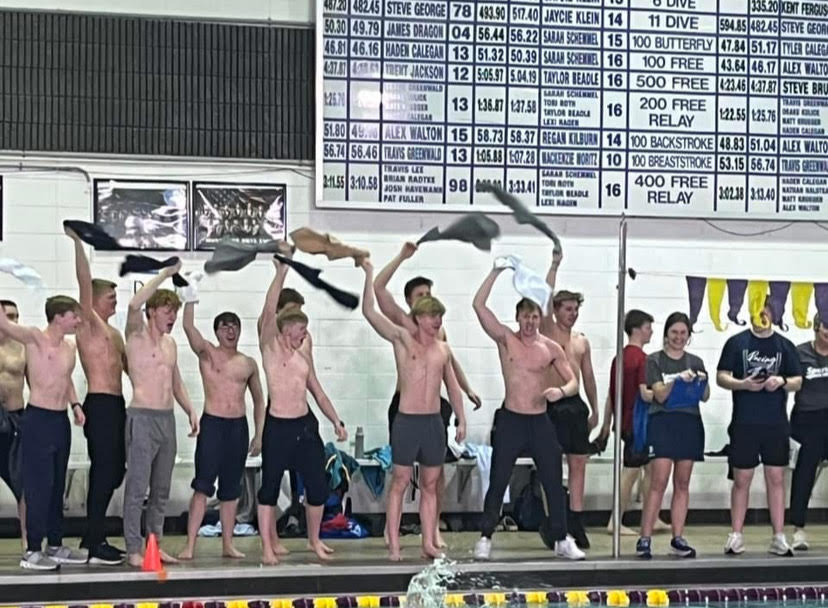

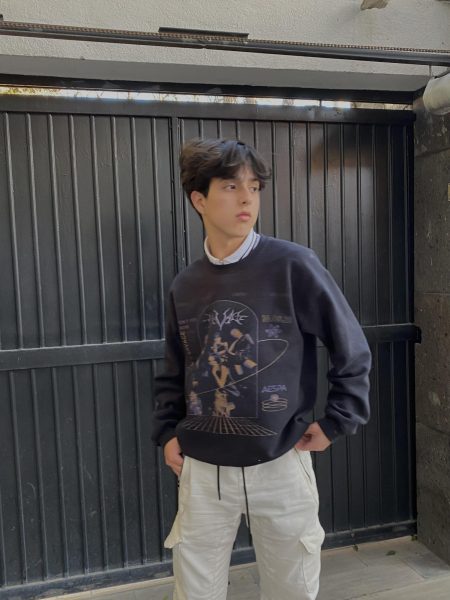
Folu Adekunle • Jan 28, 2024 at 10:58 pm
I also feel like being acknowledged in a big community is important.